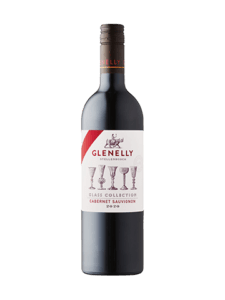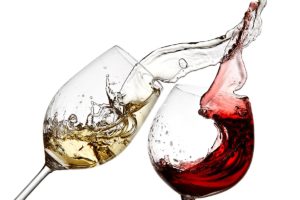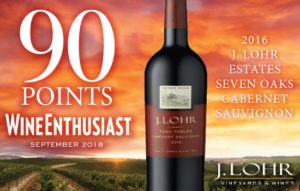There’s a lot of history in the glass when talking about Glenelly Estate, with a French twist at the end.
Situated in the heart of South Africa’s Stellenbosch wine region, just 45 minutes east of Cape Town, the estate dates to 1682, when the land was ceded to French Huguenot Francois Villion.
But that’s just part of the story. May de Lencquesaing is the other. A member of one of Bordeaux’s oldest wine families (the Miailhe), she is famous for the wines of Chateau Pichon Longueville Comtesse de Lalande, a Grand Cru Classé from Pauillac.
De Lencquesaing’s success with Pichon led to her being named Decanter Magazine Woman of the Year in 1994 and president of the International Wine and Spirit Competition in 1993.

Glenelly Estate founder May de Lencquesaing.
“On my first visit to Stellenbosch, I knew that this was where I wanted to fulfil my dream of starting a new adventure outside of France,” de Lencquesaing says. “In 2003, after visiting many vineyards, I recognized the exciting potential of Glenelly Estate on the lower slopes of the Simonsberg Mountain. I bought Glenelly Estate because I believe in South Africa’s soil, microclimate and potential for quality wines, and I wanted to continue the French heritage of winemaking in South Africa that goes back more than three centuries. My vision was to establish Glenelly as a world-class estate, producing award-winning wines with power, elegance and balance.”
Another advantage South Africa offers Glenelly and company is value for wine lovers, with the climate, land and labour costs all contributing to lower prices. That includes the following big red from the winery.
 Glenelly Estate Glass Collection 2020 Cabernet Sauvignon — Stellenbosch, South Africa ($18.95)
Glenelly Estate Glass Collection 2020 Cabernet Sauvignon — Stellenbosch, South Africa ($18.95)
If blind tasting this, I might have guessed Napa Cabernet at first—it’s that dense and rich on the nose, with a noticeably hot 14.8% alcohol. The fruit is dark red—stewed plum, black cherry and blackberry (think Black Forest cake), with a sprinkling of cedar and menthol. The alcohol is quite evident on the palate, as well, so I recommend a decanting to help burn off that heat. There’s plenty to savour, though. Tannins are medium-plus at most. And while it’s dry (just 3 g/L of residual sugar) great acidity contributes to its tangy nature. Incidentally, several critics have rated this wine even higher than my own lofty number, but I can’t get by that alcohol, which seems out of balance. That said, this should be very attractive for the general public seeking big reds for under $20. 90




Leave a Reply
Your email is safe with us.